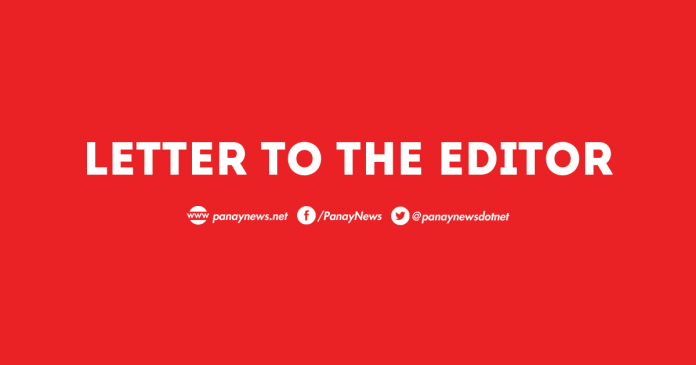
THERE is no greater tragedy than seeing children and youth, who at their age should be playing and discovering, beset by serious diseases such as diabetes and cancer. No child should be confined in a room for their next chemotherapy or deprived of playtime because they have to inject insulin.
This is why I am concerned about the hidden harms that lie in food packages on the shelves in our grocery stores. Ultra-processed food that families serve on the dining table may be the cause of non-communicable diseases in children I believe it is time for our government to act on it by allowing consumers access to the right information by way of food warning labels.
“You should feed your children healthier food,” some would say. But that is precisely the crux of the matter: no Filipino parent will intentionally let their children eat something that is bad for them. So how did we get to this point, where 40.2% of Filipino adults are either overweight or obese?
This is because our consumption of unhealthy food today is not a personal failure but a systemic issue. We try our best to keep them safe and healthy but when information available on our food in supermarkets is misleading or inadequate, we may be serving danger at the dining table to our children.
I can’t imagine my child stepping into the street because the light on the pedestrian lane shows green even when cars are speeding down the road. I don’t want my child believing the so-called ‘information’ on nutrition labels, which is like asking a trusted friend for directions, only to be led straight into harm’s way on purpose.
The current nutrition labels we rely on are vague, confusing, and in many cases, misleading. They don’t clearly warn us when a product is loaded with sugar, sodium, or unhealthy fats. It’s like seeing a blurry map when you need to find your way through a maze, and as parents, we deserve better than that. Our children deserve better than that.
This is where food warning labels come in. Countries in Latin America, like Chile, have taken bold steps by implementing front-of-package warning labels, and the results have been impressive. These labels are clear, simple, and hard to miss. They allow consumers to instantly identify unhealthy products, empowering them to make better choices. It’s no coincidence that obesity rates have begun to decline in these places.
Here in the Philippines, we have the opportunity to do the same. Food warning labels can help us tackle a public health crisis that’s been quietly escalating for years. And let’s be honest — it’s not just about reducing childhood obesity. It’s about protecting future generations from preventable diseases like diabetes and heart conditions that stem from unhealthy diets.
As a parent, I can’t help but wonder: what’s stopping us from adopting these reforms? Would you allow your child to drink a bottle of soy milk if you knew it contained the sugar equivalent of a juice pouch high in artificial sweeteners? Of course not. But without clear warning labels, many of us don’t even realize the harm lurking in the everyday foods our children consume.
The issue today is no longer about individual willpower or discipline — it’s about giving parents and consumers the tools they need to protect their families. Front-of-package food warning labels won’t solve everything overnight, but they are a critical step in the right direction. Our children’s health depends on it.
It’s time for the government to act decisively and implement mandatory food warning labels. Parents shouldn’t have to be nutrition experts to make safe choices for their children. The information should be clear, straightforward, and available to everyone. We have a responsibility to safeguard the future of our children, and that starts with ensuring they have the knowledge to avoid unhealthy food choices.
In the end, it’s simple: if we can prevent harm, we should. And food warning labels are one powerful way to do just that. – REBIE RELATOR, president, Parents Against Vape, a collective working to protect the children and youth against the harms of vapes and e-cigarettes







